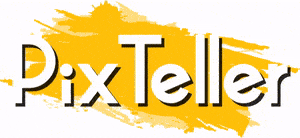7 Ways How Design Can Positively Affect Mental Healt
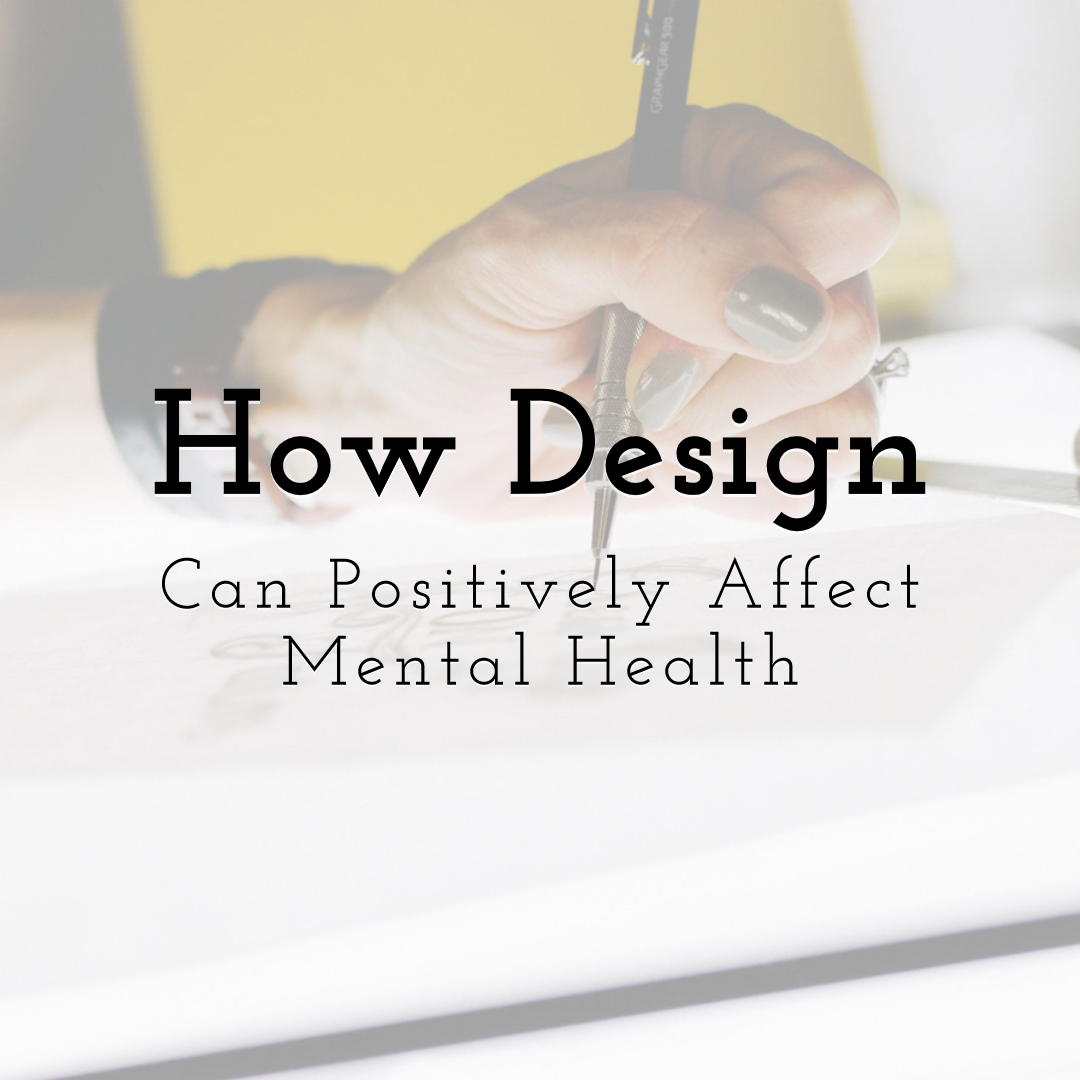
Design your own pictures & animated GIFs with PixTeller free graphic maker & animated GIF editor tool.
It is usual for humans to feel afraid, worried, and stressed over threats, whether real or perceived. It is a natural reaction when faced with uncertainty and the unknown. This is why, during this ongoing COVID- 19 pandemic, many people are experiencing fear and are stressed to the point of losing it and developing different types of mental illnesses.
The restrictions to contain and slow down the COVID-19 virus brought significant effects on the overall daily living. People are made to work from home, while some are forced to be temporarily unemployed as businesses shut down. Parents are encouraged to home-school their children. There is a lack of physical contact from family, friends, and colleagues. All of these are considered to be the "new normal" because they are necessary to reduce the risk, be safe against, and not have to suffer the detrimental effects of the virus.
More than the physical effects, the fear, and anxiety towards this new disease are mainly caused by the uncertainty of the future due to the imposed lockdowns and quarantines all over the world. The health actions that were put up include social distancing, which can make a person feel isolated. This, in turn, causes a person to feel lonely, which increases stress and anxiety.
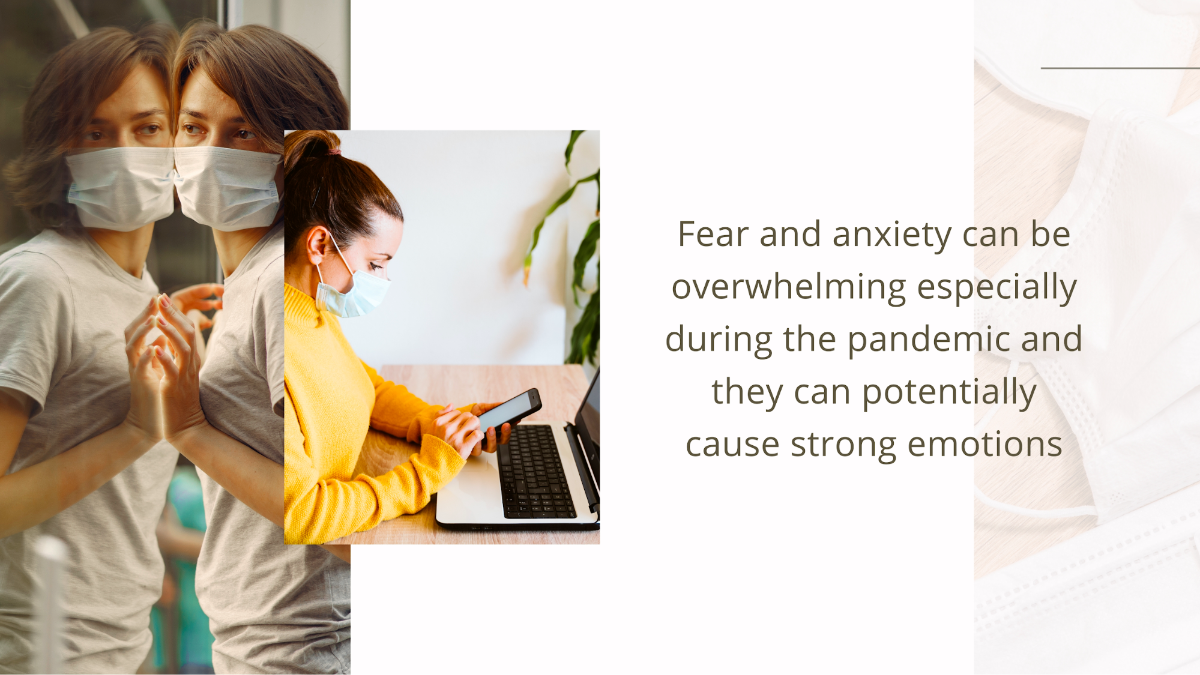
Fear and anxiety can be overwhelming, especially during the pandemic, and they can potentially cause strong emotions. If you are experiencing increased stress during the quarantine season, know that there are healthy ways to help you and the people you care about cope up with stress. Among the most effective methods of keeping a person happy and maintaining good mental health is through art.
It has long been acknowledged how engaging in any creative activity can help protect against a wide range of mental illnesses and even support recovery. It is a fun method of expressing repressed emotions, thereby making it useful in improving a person's mental well-being.
Since the design is my passion, the focus of this topic is to spread information about how designing and creativity can have powerful and lasting effects on alleviating mental health issues. Here are seven interesting facts about design and how it is related to mental health:
1. Modern Design Modalities Are Accessible
Most people now own a cell phone, so it is easier for many communities to access mobile apps that were designed to improve mental health care. Technology has become so advanced that anyone can virtually consult with health practitioners. Although it is essential to experience human-to-human interaction, adjusting to the pandemic is also a must. With modern designs in technology, it became easier to access any form of help, even when in quarantine.
Additionally, mental health EHR systems have enhanced the way practitioners manage patient records, ensuring seamless and efficient care.
Even the design on social media pages is being altered in order to make virtual interactions become realistic and fun. People are using social media to somehow escape from the feelings of being in isolation. It is excellent that even the graphic design for many websites are being studied so that they will be more effective in creating a virtual environment that people can enjoy.
2. It Creates a Sense of Community
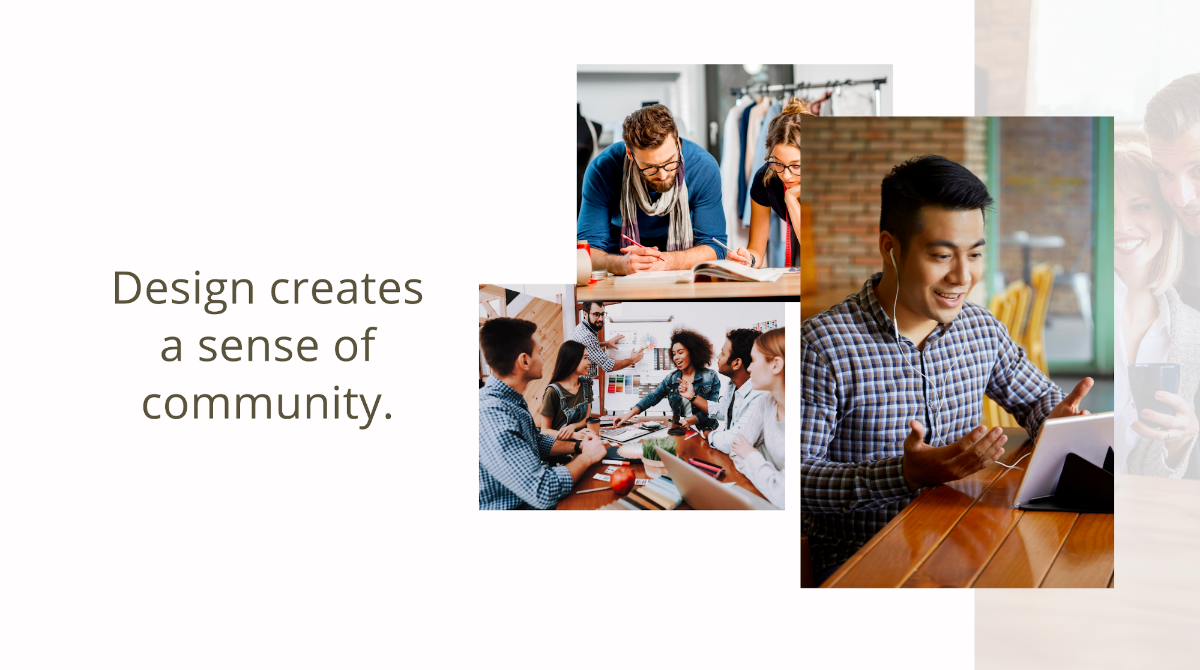
Design is not only limited to building structures. The same goes for artists who are not confined only to a group of people who paint, write poetry, or sing. They can also be a creator illustrator or a graphic designer that builds websites and mobile apps.
What is interesting about the kind of art that these techy artists make is that they can still inspire and create a sense of community among the users. Most of the apps that are being developed for mental health awareness are designed to encourage connections that can be existing support systems to overcome stress.
Like painting, how an app or website is designed also contributes a lot as to how a person may perceive the finished product. It is up to the graphic designer to make the design interactive to be a source of discussion among developers and users. The user experiences are also a huge factor because it can encourage mental alertness as the user becomes engaged in using the app.
3. Design Can Create a Positive Experience
With all the negativities around, it would be a huge help to feel uplifted even for a moment. Choosing a design that is not too complex and has images and text that were chosen wisely is a step to designing with regards to mental health inclusivity. It is excellent to understand that each user is facing different mental issues.
This would allow the creator to try making a universal design and can accommodate users with varied mental stages. This is very valuable since the aim is a positive experience for everyone as they interact within the community of other users.
4. Design Concepts Can Boost Mental Health
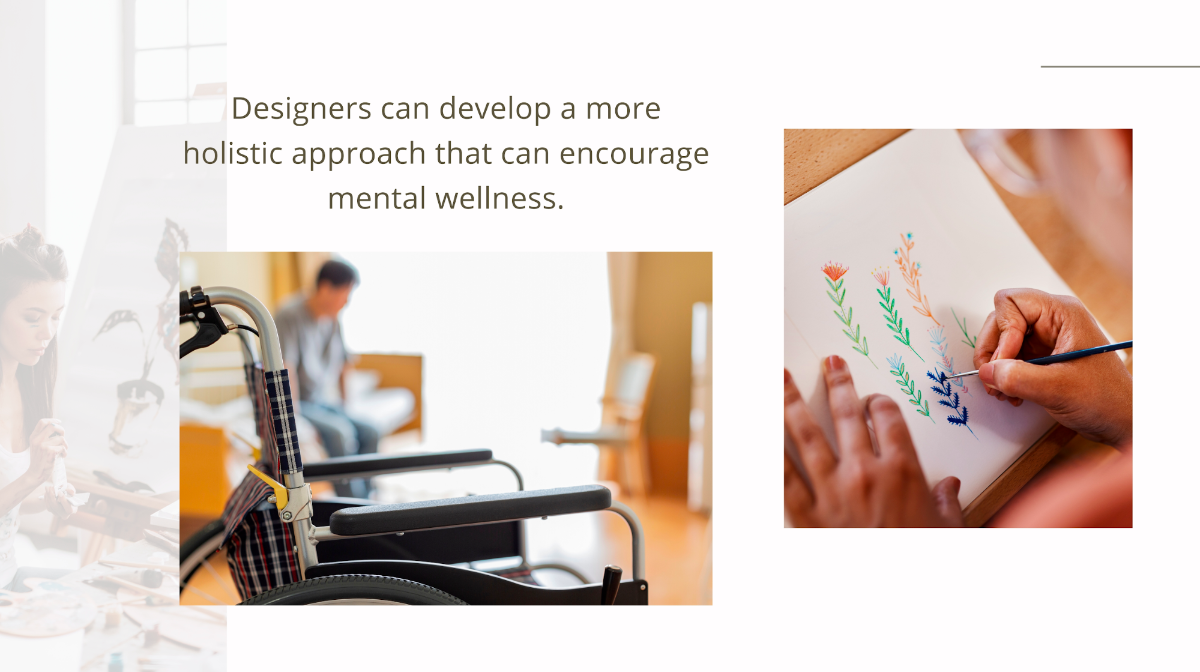
When building structures, architects also put into consideration how the design can influence the mental health of the people who are going to use the structures. The design should be developed with safety in mind, but it is also possible to make it a way to improve the mental health of the occupants.
Therapeutic design concepts look into areas of opportunity where mental health can be enhanced. These areas include the sensory environment, incorporation of nature, safety and social equity, and physical activity. Integrating these into the design concept lets a designer develop a more holistic approach that can encourage mental wellness.
5. Patient-Centric Design is a Trend
Creating a patient-centric modeling design is not only for building health care facilities. Residential and commercial environments can also benefit from it. People naturally move within these spaces, and it would be great to design the structures to create a healing atmosphere.
The design should focus on how it can encourage interaction among occupants. It should be comfortable enough just how patients must be comfortable in the hospital in order to promote full recovery.
6. Nature-Inspired Design Concept is an Effective Healing Tool
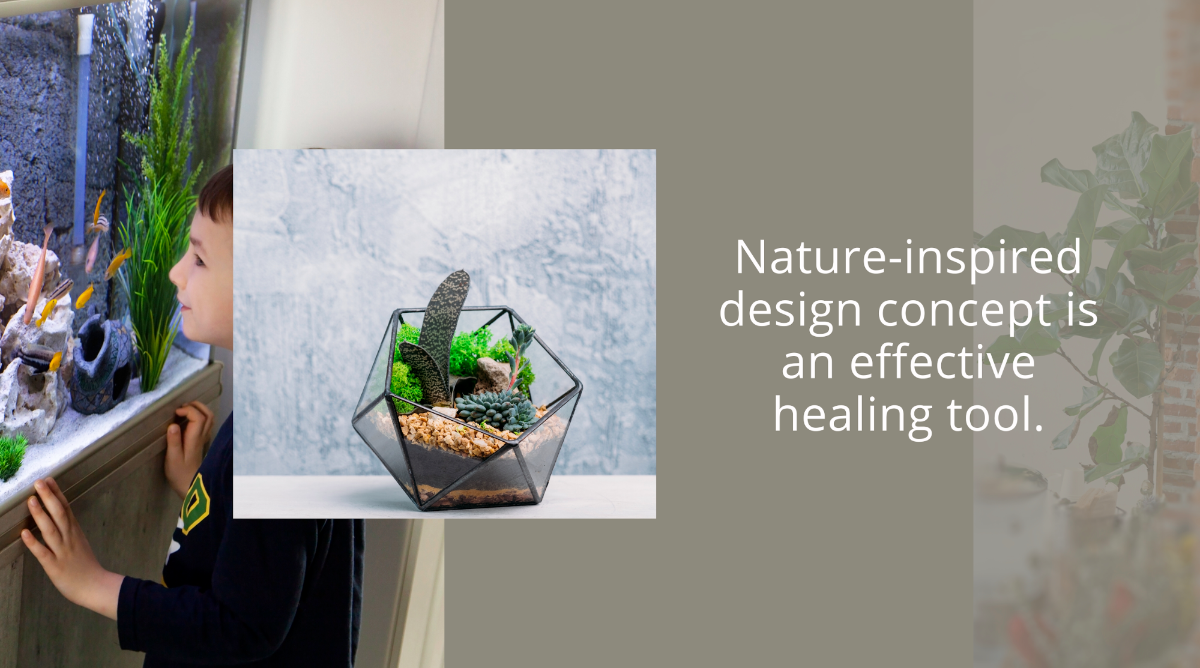
Nature and landscape sceneries are therapeutic. Bringing it into the design concept is an effective initiative to influence positive mental health. It is one way of making users become aware of the environment. Incorporating nature has a way of reducing anxiety and depression, thus reducing the negative implications of these mental conditions.
7. Design Promotes Satisfaction and Productivity
One of the most significant stressors for a person is the workplace. Many architects put a value on creating designs that make the workers feel relaxed and satisfied. When this goal is met, workers tend to become more productive and are more engaged in meeting the company's goals. That is how robust design is in terms of influencing how a person moves about daily. This has a similar effect on patients who are confined in healthcare facilities.
By creating designs that reduce stress, patients are more likely to respond positively to treatment. Such concepts can also be applied in designing homes. It can promote a positive lifestyle when stress and fatigue are minimal, thanks to a well-thought design.
Wrapping up things…
Mental health is often overlooked when creating a design, whether for a building or a website. With the increasing cases of mental disorders brought about by the COVID-19 situation, artists and graphic designers alike are challenged to present designs that are not only unique but also alleviate mental health issues.
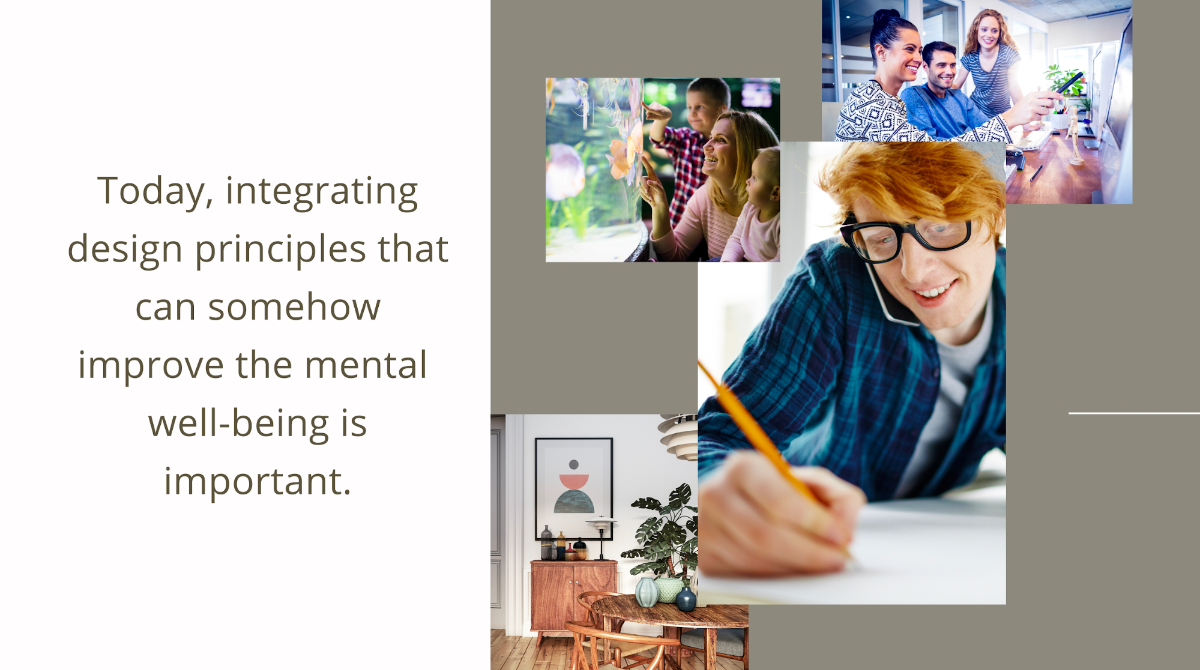
Whether it is in the digital or real-world, integrating design principles that can somehow improve he mental well-being is essential. It will not fix mental issues, but being creative in the design may support a therapeutic environment that can contribute to a healthy mind.
It is paramount to create designs that contribute to mental healing, especially these times where more people are becoming increasingly sensitive to almost everything. It would be great to actually make designs that are engaging, satisfying, and interactive so that people feel less isolated and depressed.
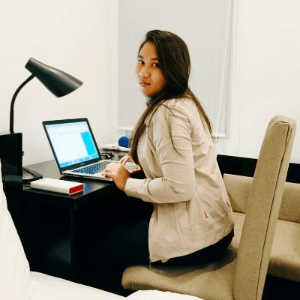
Until next time, Be creative! - Pix'sTory made by Jenn Pereira
Jenn Pereira is the Product Designer of Removal.AI, an automatic background remover and online photo editor software designed & developed using AI technology to simplify clients' workflows to foster productivity, creativity, and design.
As an experienced web designer and online marketing strategist, her vision is to help, motivate and inspire creative people to learn, share and grow by offering them useful strategies, tips, tools (AI technology), and resources to succeed in their careers journey.
Recommended posts
-

Is AI Tilting the Balance of Power in Graphic Designing?
Read More › -
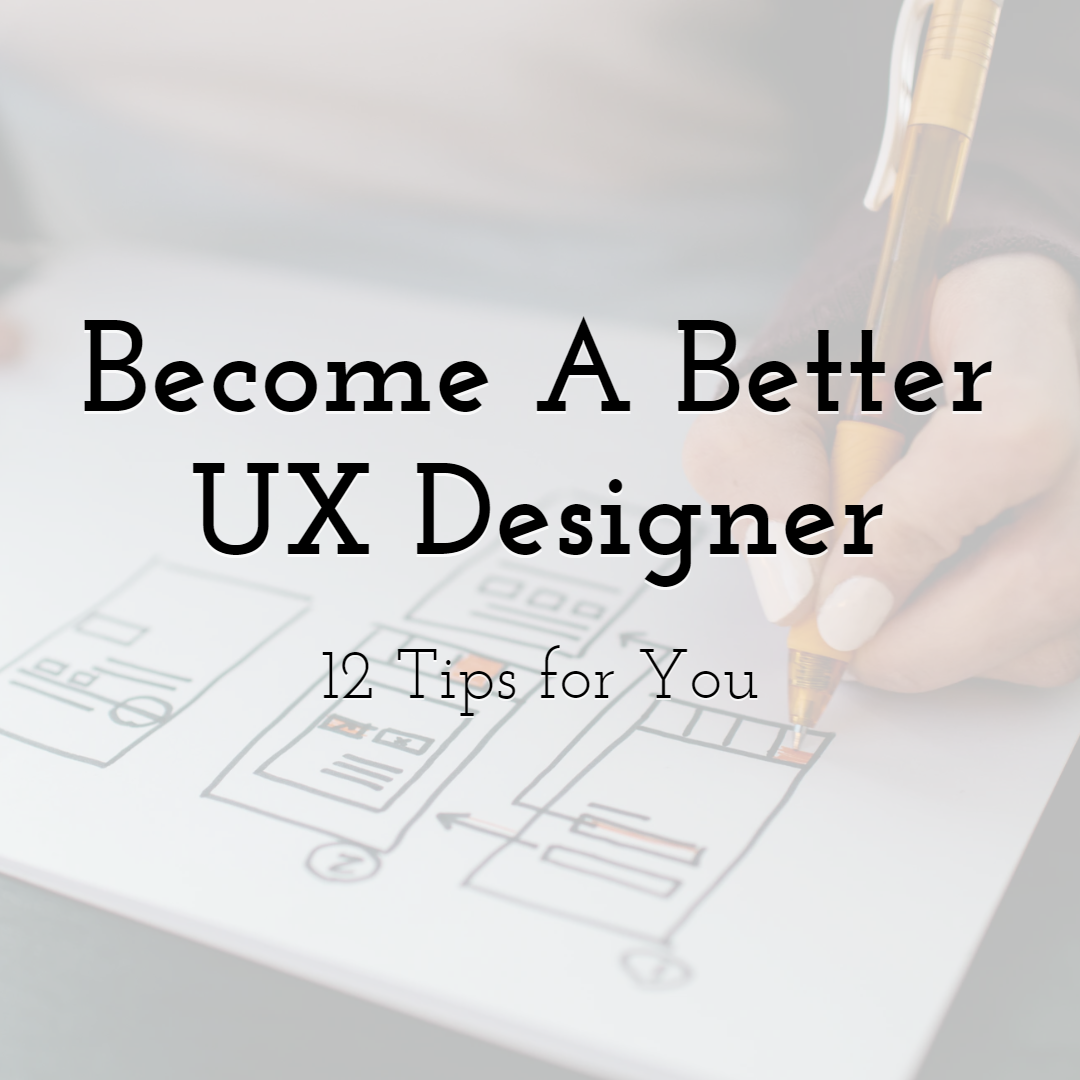
12 Tips To Become A Better UX Designer
Read More › -
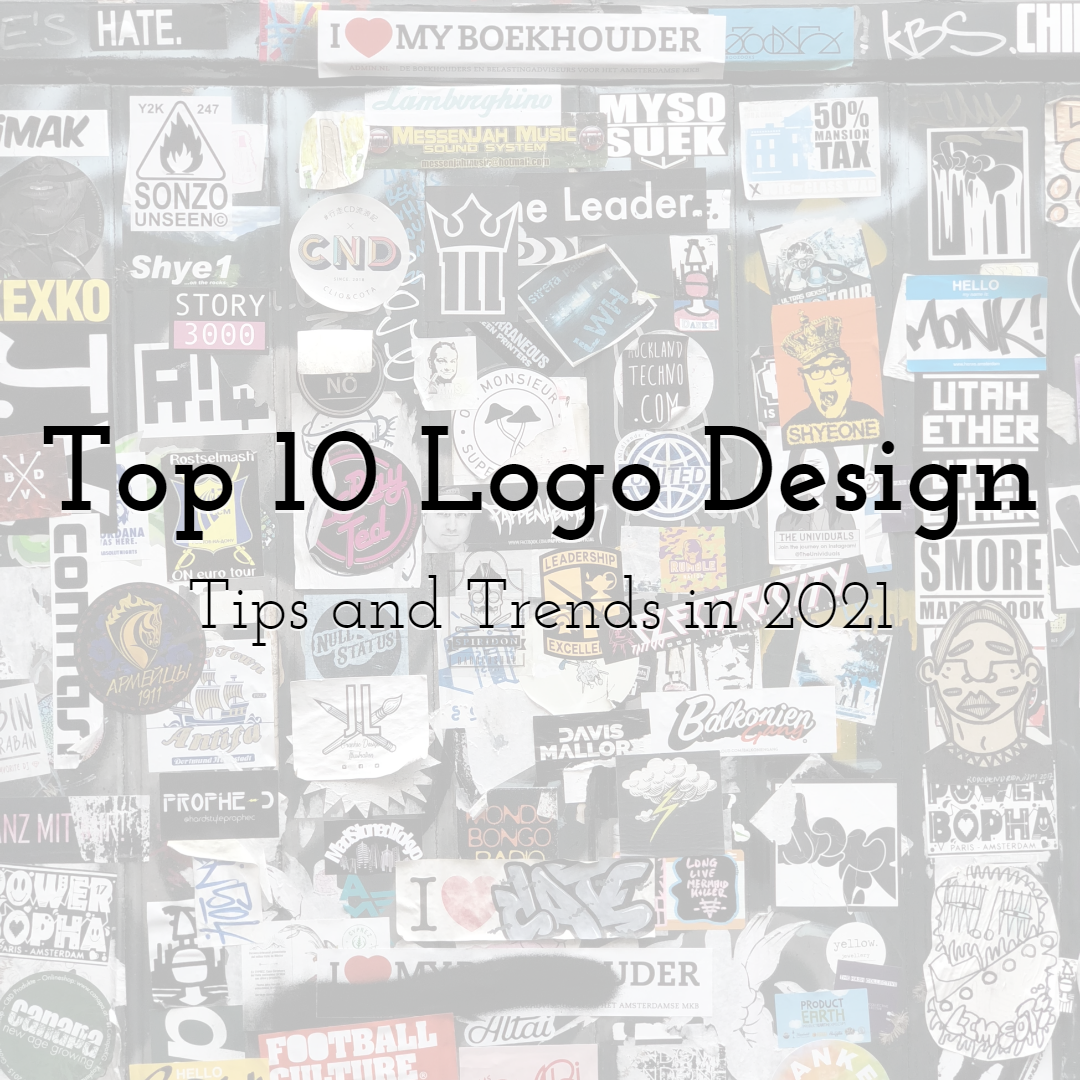
Top 10 Logo Design Tips and Trends in 2021
Read More › -
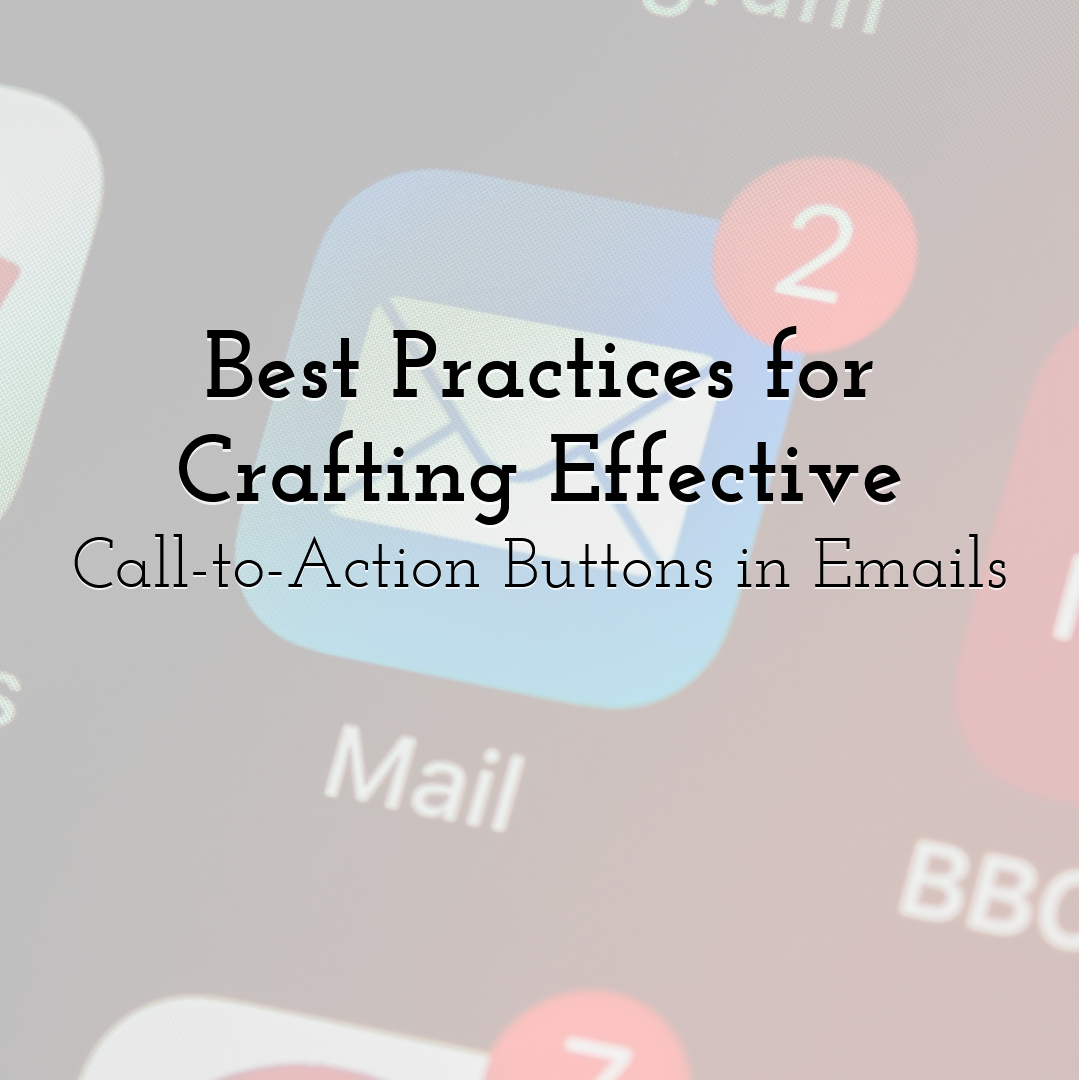
Best Practices for Crafting Effective Call-to-Action Buttons in Emails
Read More › -

7 Free Tools to Master Video Editing
Read More › -

18 Top-Notch Proofreading Tools for Content Writers
Read More ›
